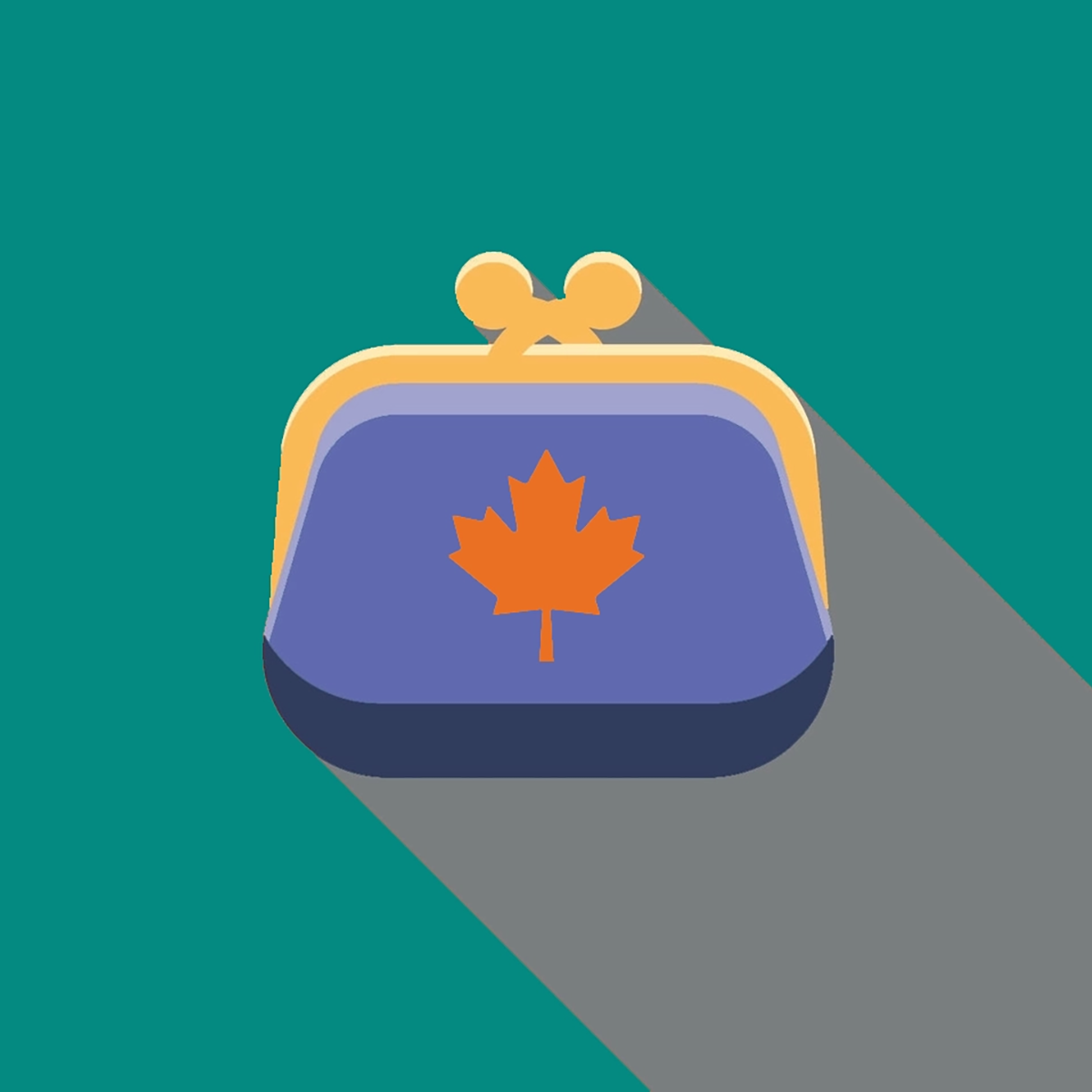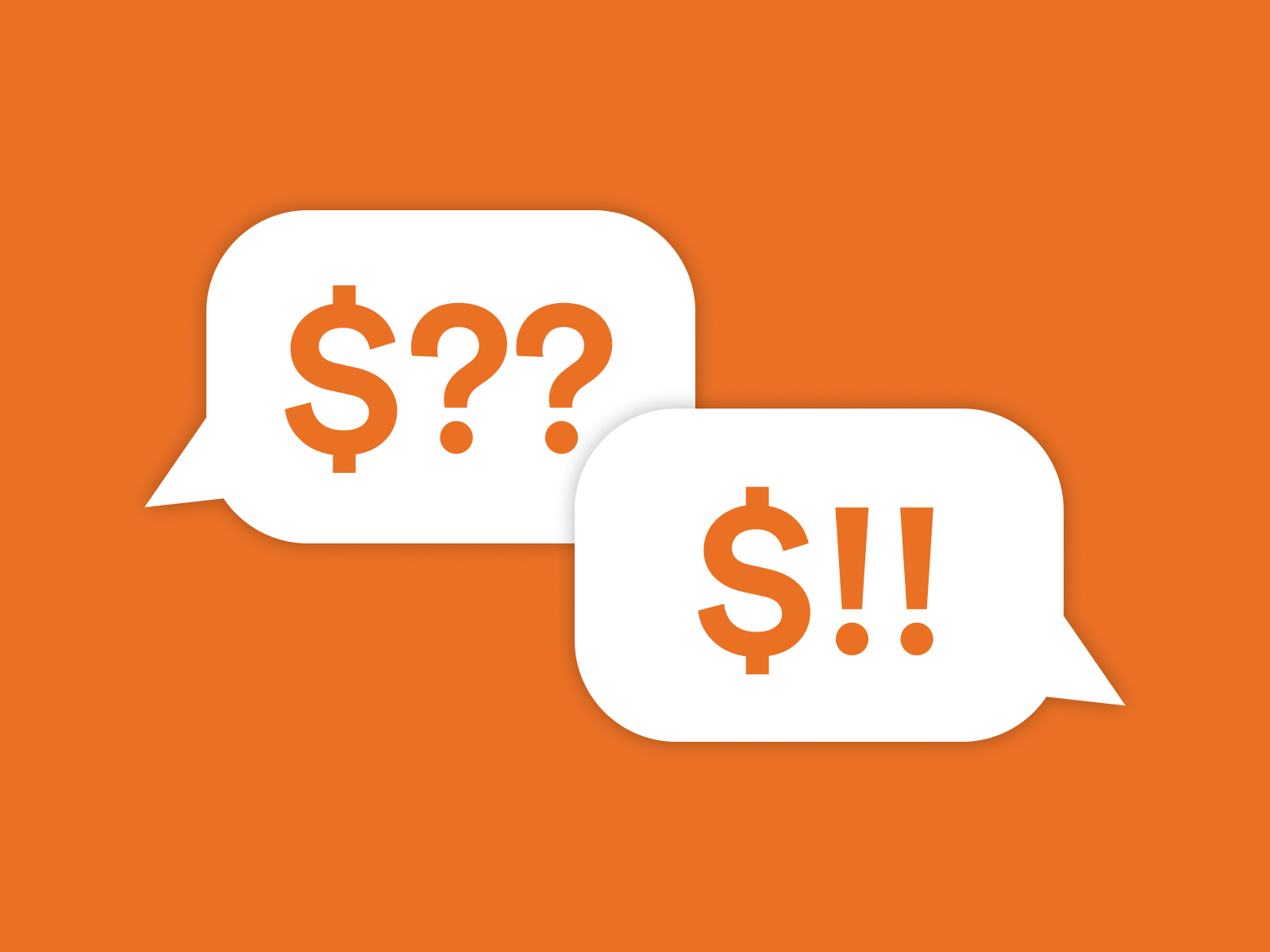Teaching kids about bank accounts
Many parents would love to talk to their kids about money, but they don't know how or where to start. I wrote a whole book on the subject, where it talks about my Four Bank Account system and how they build on each other as your child matures.
Age 5 and under: one piggy bank and keep it fun
Get a piggy bank. The idea at this age is simply to introduce your children to cash and currency. Get as many foreign currencies as possible. Even our Canadian bills have a rich story on each note. These conversations make math and history fun and tangible. Every dollar your child receives from gifts can go in their piggy bank. Allow them to empty it as often as they'd like to buy things that are fun.
Age 6-10: two piggy banks and introduce short-term savings
Keep the first piggy bank and get a second one. As your child might now be receiving an allowance, more money from family birthday gifts, it's time to help your child divide their income and set short-term goals. Do they have a swim or ski pass they want to save up for in the coming months? How much should they put in their fun spending bank and how much into their short-term savings? The idea here is to teach your child there are expenses that need to be saved up for.
Age 11-16: two piggy banks plus a real bank account for long-term wants
Keep the fun piggy bank, short-term savings piggy and add a real bank account. Most banks have youth accounts. If they're over 12 years old, bring their ID. If they're under 12, bring yours to open the account in their name. As your child is receiving and possibly earning more money at this point (helping with garage sales, the lawn and snow, maybe a part-time job), they need more guidance with where their money should go. Also, you'll want to teach them about the importance of a real bank account (how to set it up, monitor balances, withdrawals and deposits).
This is the time to introduce a longer-term savings teaching element. For example, they still need to save up for the swim or ski pass (short-term savings), but they also have a school trip to Europe coming up in a year or two. You'll want to help them visualize their goal (create a goal thermometre) and ways to creatively earn more income or raise funds. How will they split their income into fun spending, short-term and long-term savings (skills they'll need as an adult)?
Age 16+: two piggy banks, one bank account plus a mock credit card system
Keep all the previous accounts (two piggy banks and the real bank account) plus add a mock credit card system. Let's say a new pair of roller blades are on sale and you as a parent are willing to buy them for your child because they've exhausted their other accounts.
This is a great time to teach your child about how to use credit responsibly by practicing with the Bank of Mom and Dad. Parents set the credit limit, pay back parameters and penalties for default. Get them practicing on paper before they get a real credit card.
Remember that you want to balance saving up for short-term and long-term desires, teaching responsible use of credit and keeping a percentage of money ear-marked for fun. Your kids will be well on their way to being money smart into adulthood.


